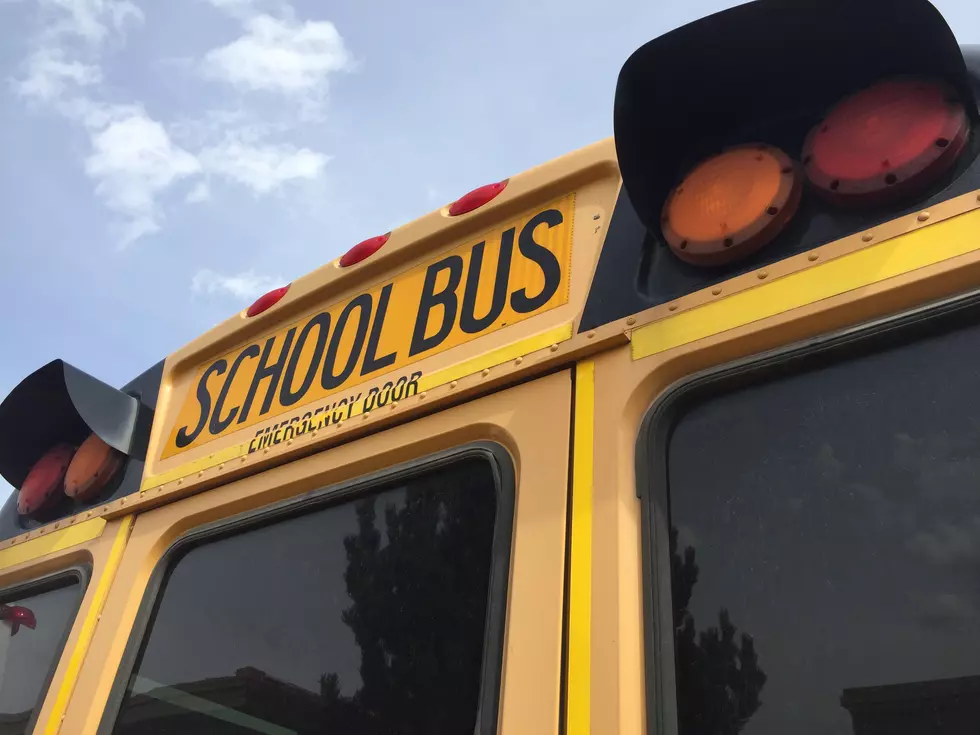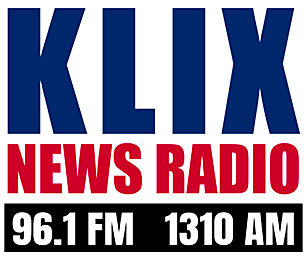
Students Excited About Computer Coding at O’Leary Middle School
TWIN FALLS, Idaho (KLIX) – Students at Vera C. O’Leary Middle School, their attention riveted to the monitors in front of them, learned about computer coding during an event at the school on Wednesday.
The middle school adopted the Hour of Code program, a national movement that encourages computer science in the classroom, about four years ago, said computer science teacher Annette McFarlin.
All of O’Leary’s 935 students in grades six through eight participated in the hour-long coding activity during their social studies class. Students worked on coding a game based on the new Disney movie “Moana,” in which they had to place codes in proper sequence to make the animated character complete tasks on the computer screen.
Seventh-grader Morgan Claiborne said it was his first time coding. He was trying to make Moana move across the water from one landing to the next and then catch fish. It seemed a little difficult for him at first, he said, but he was getting the hang of it. After several attempts he got the sequence right and moved on to the next level.
Brinley Hansen, another seventh-grader, said she participated in coding last year and enjoys the challenge. There were 19 levels the students had to complete, each one becoming more difficult as the student progressed.
Everyone is engaged," says computer science teacher Annette McFarlin. "That’s so exciting. That just gives me goosebumps.
As expected, those who took the coding class last year were more versed this time around. Hansen moved fairly rapidly through the different levels.
McFarlin, who’s been an educator for 22 years, the past 13 years at O’Leary, said she was encouraged by the way the students approached the coding experience – with excitement and, when they had to leave their computers behind, with some protest.
At the end of one class when students had to move out of the computer lab, some of them bemoaned having to leave.
“Isn’t that great?” McFarlin said with a smile. “It’s great to see them excited.”
She said several schools in the Twin Falls School District are now doing the Hour of Code, which is held nationally during Social Science Week. McFarlin last year was the recipient of a $10,000 award for initiating the program at her school and in the district. She used the money to purchase new computer towers for the classrooms.
Only 27 states allow students to count computer science courses toward graduation, McFarlin said, referring to information from the Hour of Code website. Idaho isn't one of them. That’s something she’d like to see changed. Students who are well-versed in computer science stand a better chance of success after graduation, she said.
More than 600,000 computer science jobs are available countrywide, according to the information, but just more than 38,000 computer science students graduated into the workforce. The majority of schools don’t teach computer science, it reads, and yet those who major in it statistically earn 40 percent more than the average college graduate.
“Technology is changing all of the time,” McFarlin said, noting that having a basic understanding of coding introduces the students to a wider world of technology. As students make decisions about their future, “at least it’s an option,” she said.
One student excited about the Hour of Code is Lucas Ordway, an eighth-grader who was helping coach the younger students. He’s coded for the past two years and is versed in Java and Python programs. He views the program as a unique benefit, something he’s grateful for, especially since he one day wants to pursue a career as a video game designer.
“There’s an infinity of creative opportunity in coding,” he said. “You can make anything, all you need is your imagination.”
It also is a benefit in another way, Ordway said: all of the school’s students, no matter their individual educational challenges or their families’ socio-economic status, get to participate and learn something new and fun.
In the computer lab, even though some students understood the dynamics of coding better than others because they took the class last year, everyone seemed equal. No one appeared left out or misplaced or out of sync.
“You’d never know it,” McFarlin said as she looked around the computer lab, where students commanded the various desktop codes, “but there are a couple of literacy challenged students in here, some students with special needs … but everyone is engaged. That’s so exciting. That just gives me goosebumps.”
_____
Reporter Andrew Weeks may be reached at 737-6025 or andrew.weeks@townsquaremedia.com
More From News Radio 1310 KLIX









